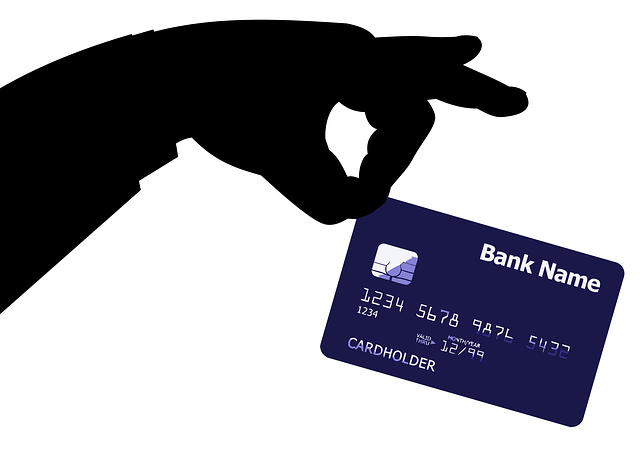If you haven’t, there’s no need to panic. There are things you can do and measures you should take when your debit or credit card gets stolen. Also, if you aren’t sure whether your card was stolen or it’s just somewhere you can’t remember, the wiser choice is to take action immediately and not to wait and hope your card is found. That waiting period is more than enough time the thieve needs to sweep your card clean of whatever funds you have in it.
1. Check Your Transaction History
When you notice your card is nowhere to be found, the first thing you’d want to do is to check your account transaction history either through your bank’s website, internet banking platform or through your mobile banking app. The essence of checking your account history is to ensure that no fraudulent or unusual transactions have taken place on your account during the period your card went missing. If there’s any transaction you do not recognize or authorize, note it down on a paper or anywhere. Take note of the amount, transaction details, location, and time. No matter how small the transaction amount is, note it down. This is because thieves and scammers usually perform low amount transactions on stolen cards as a test to test the validity of the card before they proceed to use such cards for bigger purchases. To prevent your hard earned money from being wiped away from your card by some thieves, proceed to step 2.
2. Contact your Bank
Next step after checking your account history is to contact your bank, card company, or the financial institution that issued you the card. If you noticed any strange transaction during the account check, you should notify the customer care representative of such transaction and order a permanent block on the card. If, on the other hand, there has been no transaction made on your card during the period it got stolen or missing, you can order the bank to impose a temporary block or freeze to your card. When you eventually find your wallet or your card, you can call the bank again to reverse the temporary ban and reactivate your card. Not all banks offer the “temporary card block” service though. In such cases, you should permanently block the card. The bank will most likely issue you a new card immediately for free or for a small fee. NOTE: When you notice your card has been stolen, do not wait a second longer before contacting your bank. This is because you are responsible for whatever changes made on your account before you report a stolen card. If there are still charges made to your card after reporting it stolen or missing, the bank will be responsible for such charges.
3. Manually Block the card
If efforts to get through to your bank prices futile, you can block the card yourself. Many banks have provisions within their apps that allows users manually block and unblock their debit and credit cards. The feature is usually found in the Card management section of bank apps. If you have multiple cards connected to your account, select the card you want to block and block it. Should you find your card later, you can follow the same process to unblock it. If after blocking your card via this method and you notice any fraudulent transactions, reach out to your bank.
4. Cancel Automatic/Recurring Payments
Once you contact your bank to block your card or perhaps you have requested for a new card, the next step is to notify companies that automatically charge your stolen card for recurring payments like electricity bill, saving app, TV subscription etc. You should inform such companies of the status of your card as well as provide a new payment method to avoid a halt in services being provided.
5. Implement New Safety Measures
To prevent your card from being stolen again when you get a new one, there are some safety measures you would want to implement. First, you should be more careful with your wallet and generally maintain a closer watch on your physical card. Also, you should use electronic wallets in lieu of carrying your cards everywhere you go as it decreases chances of losing your cards to thieves. Electronic wallets (eWallets) such as Samsung Pay, Apple Pay, Google Pay are digital payment platforms that lets you store your card details in the cloud and complete purchases through an app. There are merchants that accepts payment via this eWallet platforms. So in place of swiping your cards at the store, you can simply pay for good by scanning a barcode. Using mobile money or paying for services by transferring funds to the merchant’s account directly from your bank app is also a safer option. The point is to carry your card only when necessary. Say you want to withdraw cash at an ATM stand. Interestingly, many banks now offer careless withdrawal at their ATMs. So you really do not need to have your card on you at all time. Additionally, do not write your card PIN on the back of your card. Likewise, do not store it in your online wallet or anywhere at all. You PIN should be in your head; a combination of numbers you can remember by heart. Keep your PIN private. Conclusively, if there were any fraudulent charges on your card during the period it got stolen, ensure you follow-up with your bank (via phone call or email) on how and when the charges will be reimbursed to your account.



